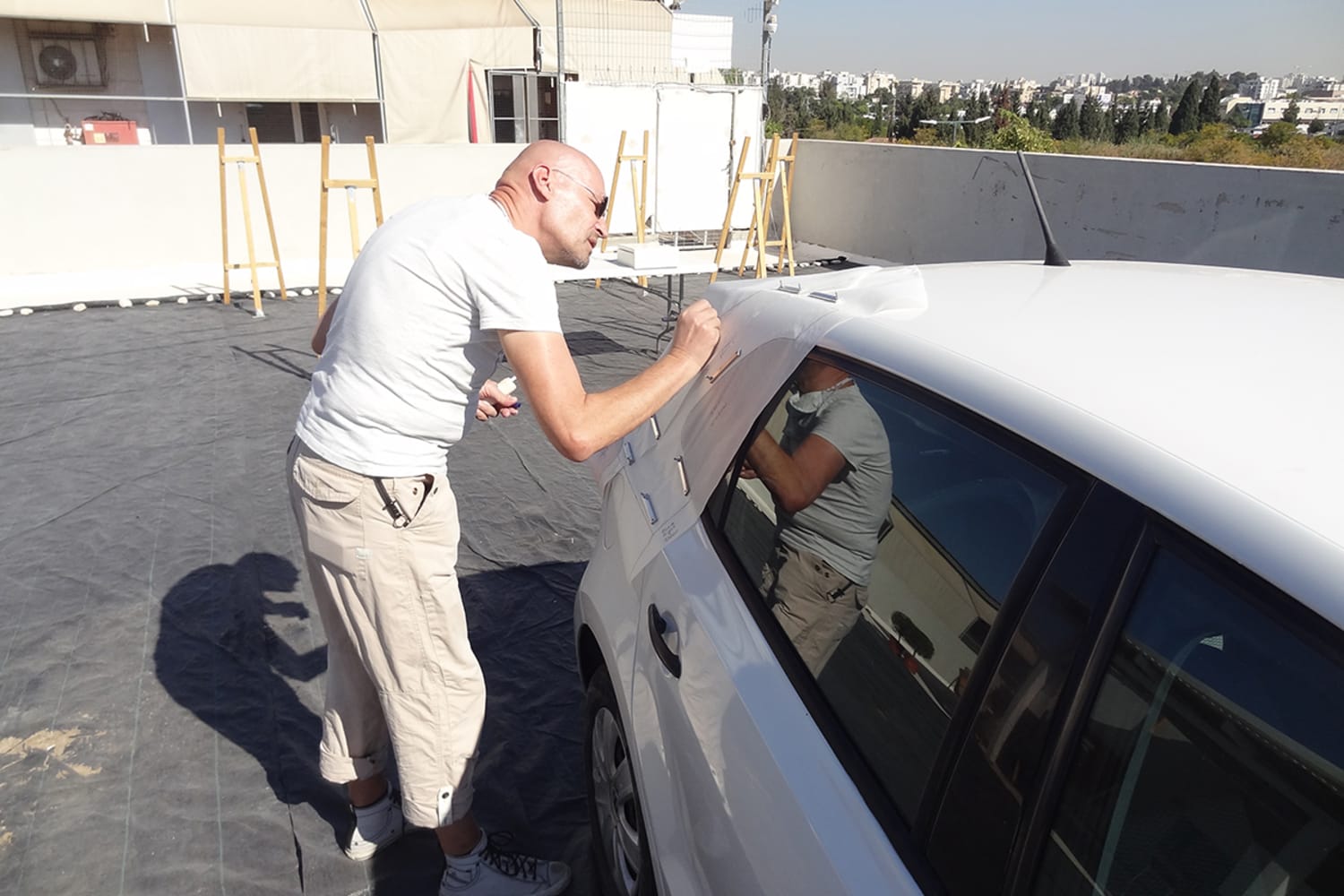Heat stress already impacts a third of the world’s population, set to increase to as much as three-quarters by the end of the century, according to a 2022 report from the UN’s Intergovernmental Panel on Climate Change (IPCC). Less immediately visible than other climate change impacts like extreme storms or flooding, heatwaves are no less deadly and mitigating their impacts is a problem that needs to be solved now. Cities around the world are hiring Chief Heat Officers to advise governments on structural changes they can make and setting up air-conditioned resilience hubs for residents, but more needs to be done to help people cope with this growing issue. Innovative companies are looking to technology that helps to cool buildings, cars and homes, all without increasing greenhouse gases.
Heatwaves around the world are driving the development of sustainable cooling technology.

Israel’s tech start-up SolCold recently announced a partnership with Volkswagen to begin testing the use of their patented reflective material technology on cars. The material reflects heat away from the car to keep the inside up to 70% cooler, according to SolCold, without using the car’s air conditioning.

Engineers at Duke University have developed a device which uses electrochromic technology to quickly change their window-like panels between heating and cooling. The idea is that the panels could go on the roofs of buildings or houses, reducing heating and cooling energy usage by up to 20%. Researchers from Berkeley Lab’s Materials Sciences Division have developed a material called TARC or temperature-adaptive radiative coating, which can also be applied to rooftops. The coating automatically adapts to either reflect heat when it’s hot outside or absorb heat when it’s cool without any extra energy consumption.
Utilizing the power of big data, India-based Sustainable Environment and Ecological Development Society (SEEDS) is working with Microsoft to develop an AI model which can predict the impact of heatwaves on a granular or even house-by-house basis. The model analyses the roofs of buildings and can offer individualized advice for residents, such as the need to evacuate or not.
Much of the discussion around climate tech has focused on preventing the effects of future climate change (e.g. decarbonization), but there is a growing wave of interest in technologies that address the current situation: unprecedented heatwaves. Traditional solutions like air conditioning aren’t viable in a world where energy costs—both monetary and environmental—are rising, so consumers are looking to companies to help them beat the heat without adding to the problem.
Main image of the TARC material technology. Courtesy of Berkeley Lab.
Please provide your contact information to continue.
Related Content

Designing for heat

